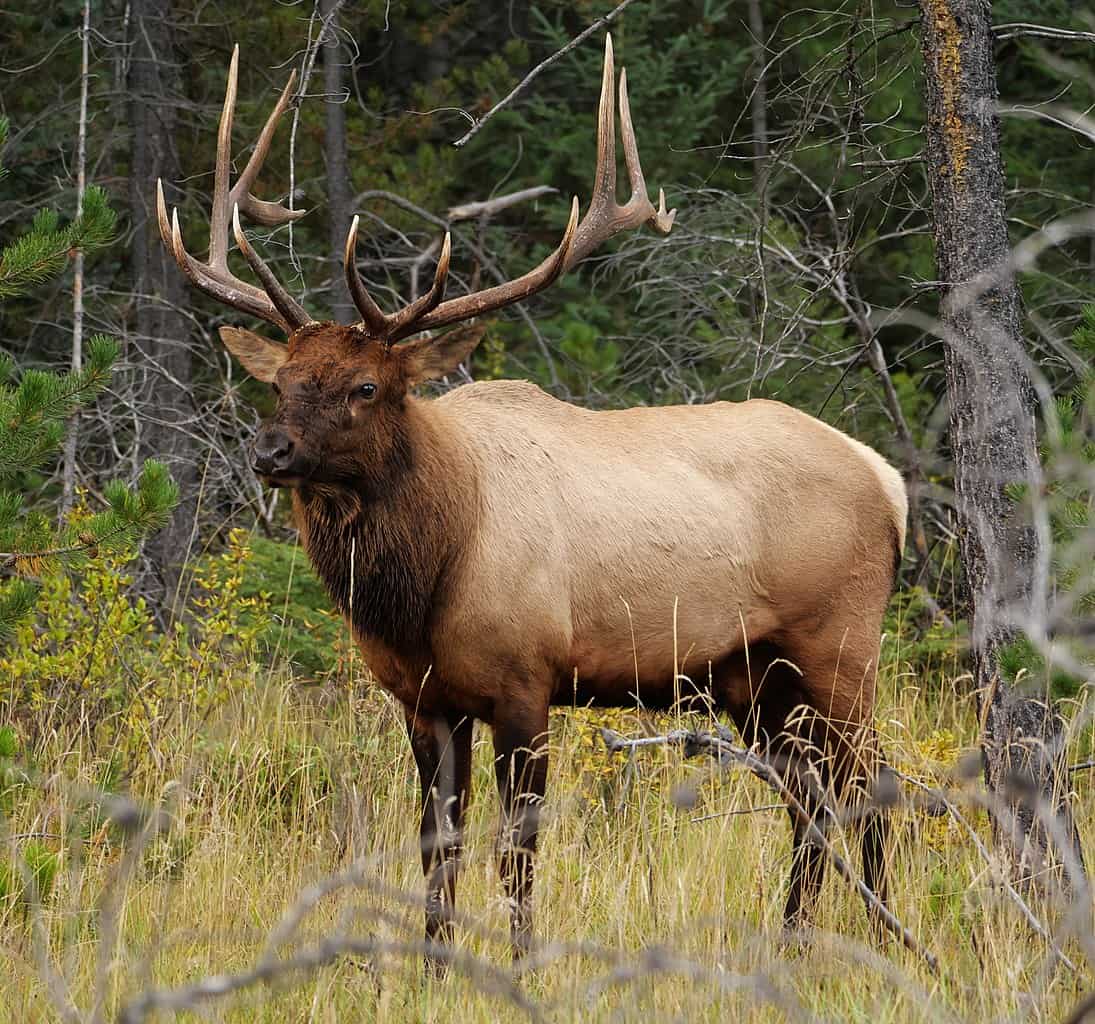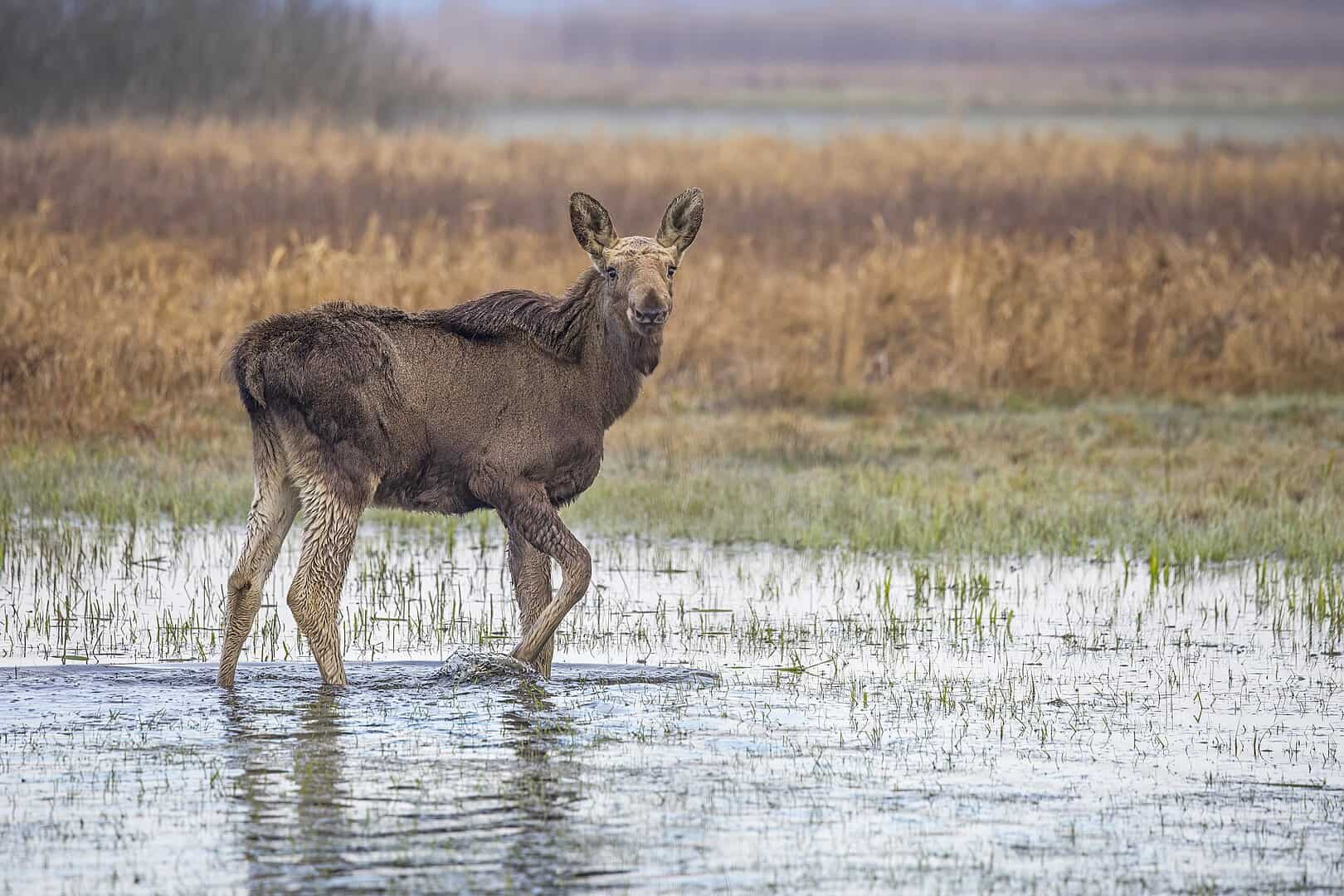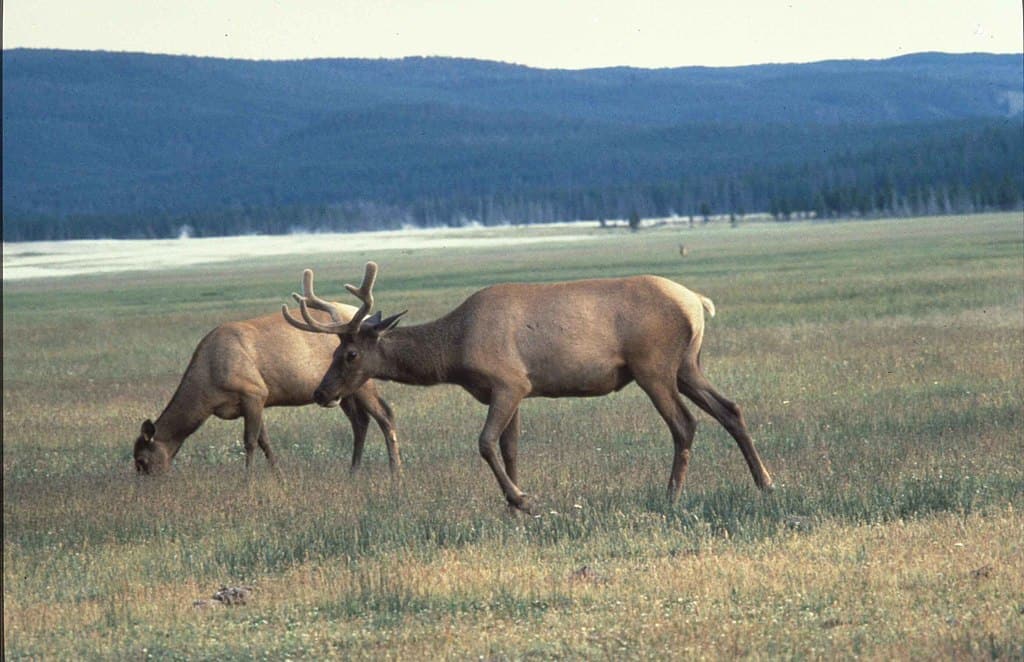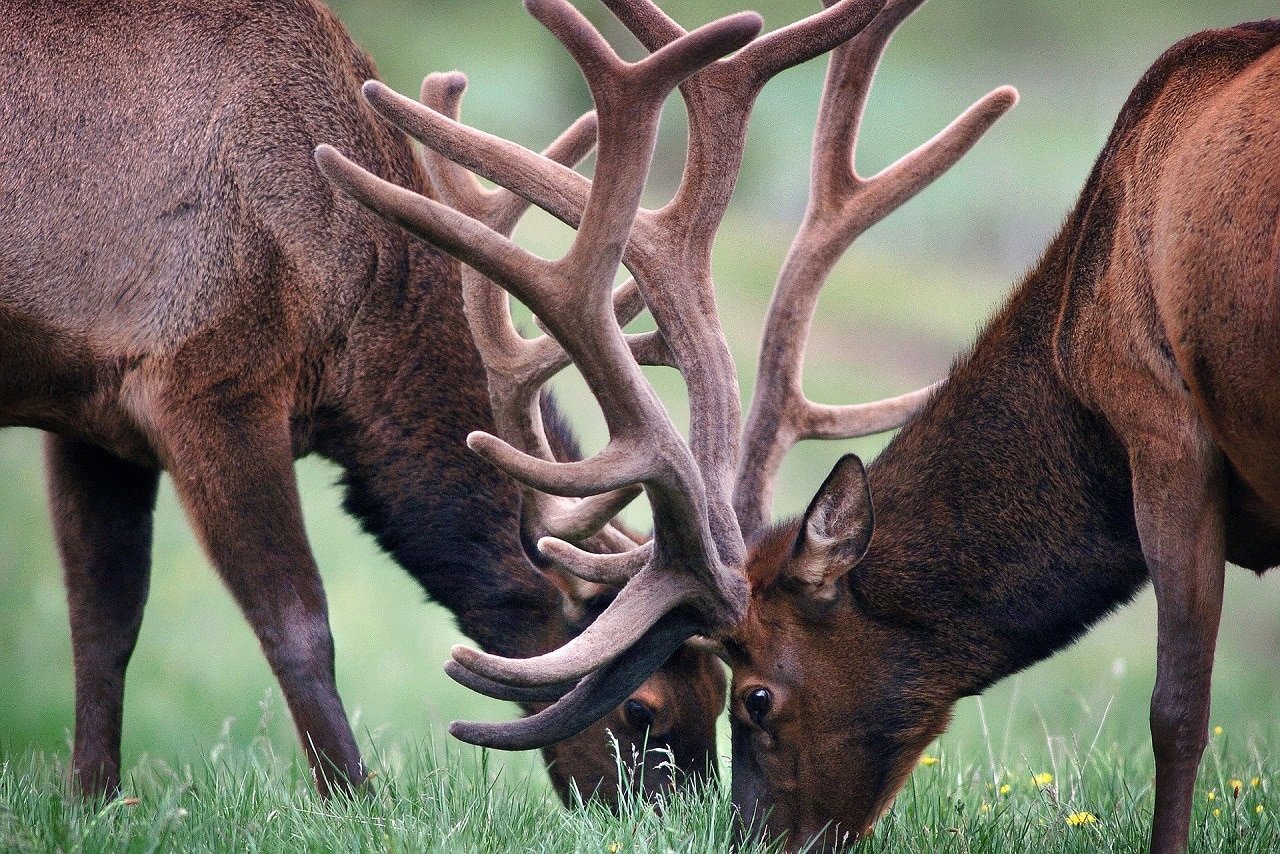The Grand Canyon, a majestic place to visit. Young children, wide-eyed and full of wonder, find themselves walking up to a massive wild elk just five feet away from them. This moment, both awe-inspiring and dangerous, points out to me the delicate balance between humans and wildlife in national parks.
The Encounter

A site of breathtaking natural beauty is the Grand Canyon. Families were strolling along its trails and taking in the sights and sounds on this particular day. An elk appeared grazing contentedly on a tree nearby.
As It Goes

The children, curious and excited, edged closer. Their parents joining them, not phased at all about distance between the children and the wild animal. What they didn’t realize was how risky this encounter could be. Elk, like all wild animals, can be unpredictable and dangerous, especially when approached too closely.
Wildlife Safety Rules

To safeguard both tourists and wildlife, national parks have explicit regulations. Large animals like elk should be kept at least 100 feet away, according to the National Park Service. These rules are essential for safety; they are not merely recommendations.
Reactions Vary

Wild animals can react aggressively if they feel threatened. This is especially if they have young nearby. Keeping a safe distance helps prevent accidents. Moreover it ensures that wildlife can go about their lives undisturbed.
The Risks

Ignoring these safety rules can lead to serious consequences. An elk, though calm, can become aggressive if it feels cornered or threatened. Children, being small and unaware of the dangers, are particularly vulnerable.
Powerful Beings

An elk’s powerful legs and sharp antlers can cause severe injury. Evidently it is important for parents to educate their children about respecting wildlife and keeping a safe distance.
Wrapping Up with the Young Children Watching Massive Wild Elk Only 5ft Away In Grand Canyon

Seeing animals in the wild is a fantastic opportunity provided by the Grand Canyon. But with this experience comes the obligation to abide by safety precautions.
Human safety and animal safety are guaranteed when one keeps a respectful distance from wild animals such as elk. You can appreciate the wonder of witnessing these magnificent creatures from a distance. ensuring future generations can continue to enjoy our national parks’ splendor and security.
How do elk communicate?

Elk use vocalizations, body language, and scent marking to communicate. Bulls are known for their bugling calls, especially during mating season. These sounds can carry over long distances and attract mates.
What do elk eat?

Elk are herbivores and their diet consists mainly of grasses, leaves, and bark. They also eat shrubs and other vegetation. Their diet changes with the seasons, depending on what is available.
How large can elk antlers grow?

Image via depositphotos.
Elk antlers can grow up to four feet long and weigh up to 40 pounds. They grow new antlers each year, which are shed and regrown annually. The size of the antlers can indicate the elk’s age and health.
When is the best time to see elk in national parks?

Image by Byron Johnson via Unsplash
The best time to see elk is during the early morning or late evening. These times are when elk are most active. During the fall rut, or mating season, they are especially visible and vocal.
What should you do if you encounter an elk in the wild?

If you encounter an elk in the wild, keep a safe distance. Do not approach or feed them. Elk can be unpredictable, especially during mating season or if they feel threatened.
What is the lifespan of an elk?

Elk can live up to 15 years in the wild. However, their average lifespan is typically around 10 to 12 years. Predation, disease, and harsh winters can affect their longevity.
What are some common predators of elk?

Image by Y S via Unsplash
Common predators of elk include wolves, bears, and mountain lions. Calves are particularly vulnerable to these predators. Human hunting also impacts elk populations, but it is regulated to prevent overharvesting.
How do elk migrate?

Elk migrate to find food and suitable habitat. In the winter, they move to lower elevations where food is more accessible. In the summer, they return to higher elevations. This migration can cover long distances.
What should you pack for an elk-watching trip?

For an elk-watching trip, pack binoculars, a camera, water, snacks, and appropriate clothing for the weather. Be prepared to hike and spend time in different habitats. Always respect wildlife and maintain a safe distance.
Next up ~
Join our Forum for free today!

- Tiger Chained Up Her Whole Life Takes Her First Free Steps - June 26, 2024
- Eagle Daringly Snatches Baby Crocodile from Mother’s Watchful Eyes! - June 25, 2024
- Young Children Watching Massive Wild Elk Only 5ft Away In Grand Canyon - June 25, 2024
